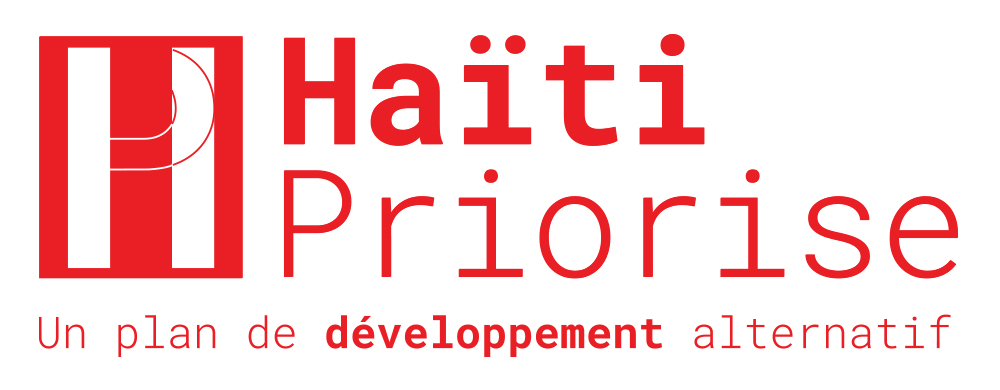Haïti Priorise: Urban Sanitation, Sklar
The Problem
According to the latest estimates, 72% of Haiti’s population lack access to improved sanitation facilities and use either shared facilities, other improved facilities, or openly defecate. In urban areas, 66% of the population lacks access to improved facilities while in rural areas, 81% of the total population lacks access to improved facilities.
The continuing lack of basic water and sanitation services has contributed to spread of waterborne disease epidemics over the years. Among the worst was the cholera outbreak that began in Haiti in October 2010.
In addition to the direct health effects of poor sanitation on a population, disease attributable to poor sanitation contributes to lost work, lost school productivity, and high health care costs.
Because the primary pathway of cholera and other waterborne pathogens is through the consumption of fecally-contaminated water, improving sanitation services in Haiti is critical to ensuring population health and to paving the way for future economic development.
The Solutions
- Pit latrines connected to septic tanks
- A container based sanitation (CBS) service.
These are both scaled to try to achieve universal sanitation in urban areas of Haiti, where currently 741,379 households lack access.
Summary of the BCR
| Intervention | Annualized Benefit, HTG | Annualized Cost, HTG | BCR |
|---|---|---|---|
| Pit Latrines | 1.6 billion gourdes | 1.8 billion gourdes | 0.9 |
| Container Based Sanitation | 1.6 billion gourdes | 1.6 billion gourdes | 1 |
Benefits, Costs, and BCRs
Pit latrines
Household latrine connected to septic tank; emptied by a professional exhauster company once per 4.5 years, with waste transported to a safe disposal site.
Pit latrines are the main form of sanitation in unplanned areas of Haiti because they are affordable and easy to build.
Pit latrines have been widely deployed across urban areas in Haiti. One problem with the pit latrine intervention is that despite the investment in pit latrine hardware, public health goals may be compromised if households improperly use or empty latrines.
Costs
Hardware
- Pit Latrine hardware
- Septic Tank hardware
Operations and Management:
- Pit Emptying
Pit Latrine Capital Cost/Person: 13 million gourdes
Pit Emptying Cost/Event (O&M): 8,071 gourdes
Frequency of pit emptying event: 4.5 years
Useful life: 15 years
Container-based sanitation
Container based household toilet with a once per week collection service which transports waste to a safe disposal site. The number of CBS users in Haiti has risen to over 1,000 households.
CBS systems present an alternative model for sanitation service delivery in which wastes are managed and transformed into products such as animal feed, fertilizers, and compost for agricultural applications. CBS has been gaining traction in urban centers of Kenya, Ghana, Haiti and Peru, where issues like land tenure or lack of available space preclude households from having a safe sanitation system within their homes. Since a CBS toilet requires little modification to the house, it is suitable for tenants and single room dwellings.
Costs
Hardware
- Source separating household container based toilet
Operations and Management:
- Household collection service
- Waste conveyance to treatment facility
Cost per household per year including hardware, collection, and disposal: 2261 gourdes
Useful life: 10 years
Benefits of both interventions
Achieving universal sanitation in urban areas would unlock health, productivity, and educational benefits.
It would save 254 deaths from diarrhea each year, and avert 796,893 cases.
Put into financial terms, the benefits are as follows:
- Deaths avoided: 664 million gourdes.
- Illness avoided: 269 million gourdes.
- Health care costs avoided: 240 million gourdes
- Productivity Loss Averted and Time Saved (avoided time lost due to seeking open defecation location or public toilet queues): 433 million gourdes
- Education Benefit (avoided school time lost to diarrhea, and an increase in earnings because of more time in school): 57 million gourdes.
The total benefits for achieving urban sanitation are worth 1.6 billion gourdes.

